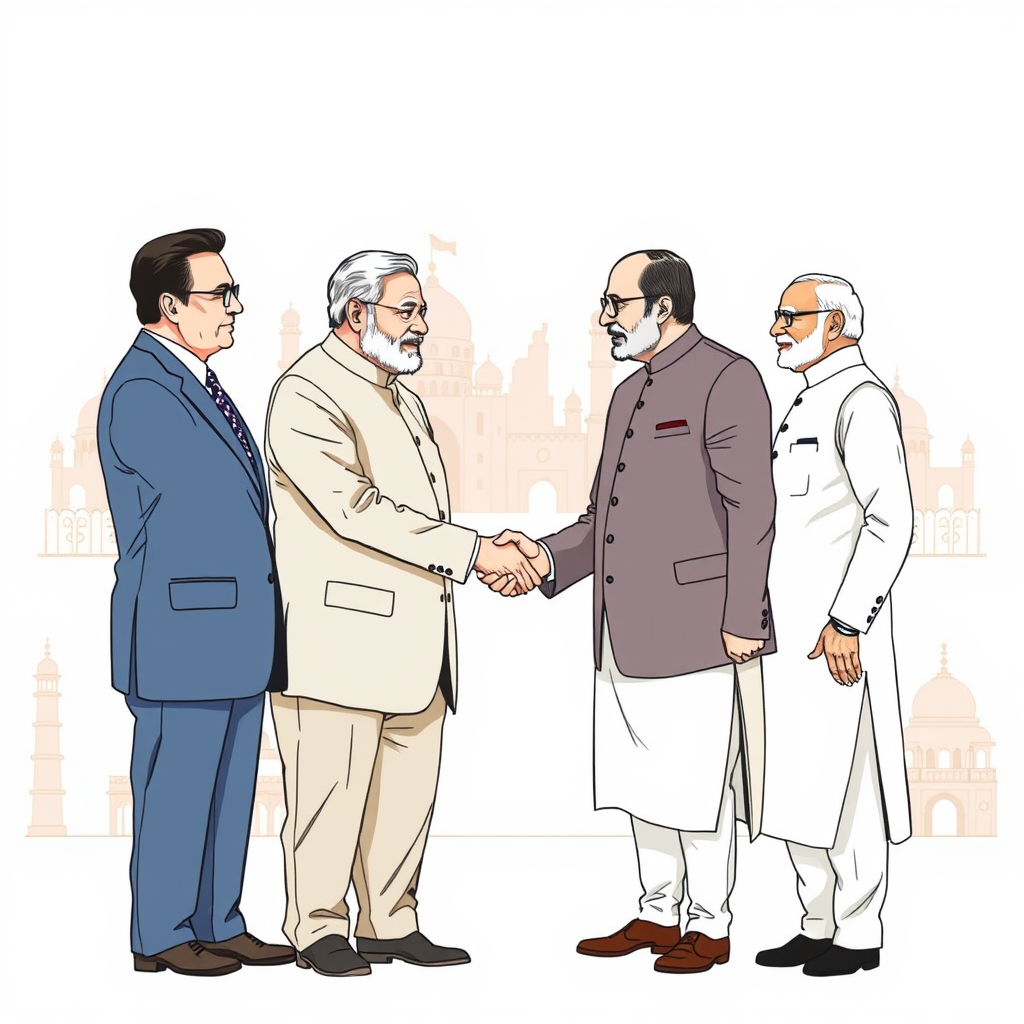US Officials Visit India Amid Trade Tensions

High-level US officials, including Vice President J.D. Vance and National Security Advisor Michael Waltz, are scheduled to visit India beginning April 21st, signaling continued strong ties between Washington and New Delhi despite global economic uncertainties. The visits come amid a period of fluctuating US trade policy under President Donald Trump, which has prompted concerns about a potential global recession.
Both Vance and Waltz are expected to arrive in New Delhi on April 21st, though their trips differ in scope. Vance’s visit is described as a blend of personal travel and official engagements, potentially extending beyond the duration of Waltz’s stay. He plans to travel with his family, including Second Lady Usha Vance, and explore cities like Shimla, Hyderabad, Jaipur, and Delhi. Waltz’s trip is focused squarely on business, with planned discussions centered on key strategic issues.
A primary focus of Waltz’s visit will be to detail new cooperative initiatives in high technology, critical minerals, and export controls. He is expected to meet with National Security Advisor Ajit Doval, Prime Minister Narendra Modi, and External Affairs Minister S Jaishankar. The visit will also formally unveil initiatives under the India-US TRUST framework – a rebranding of the previously launched US-India Initiative on Critical and Emerging Technology (iCET), which began during the Joe Biden administration. iCET aimed to bolster collaboration in critical technologies, with last year seeing significant progress in areas like semiconductors, critical minerals, advanced telecommunications, and defense space.
The timing of these visits is noteworthy, following a recent trip to India by US Director of National Intelligence Tulsi Gabbard, who met with top Indian leaders. The visits are occurring as President Trump paused his sweeping tariffs for 90 days, a move prompted by global economic anxieties.
The US and India announced plans to negotiate the first phase of a Bilateral Trade Agreement (BTA) by fall 2025 following talks between Modi and Trump in February. Waltz, known as a strong advocate for the US-India relationship, is expected to emphasize the importance of this partnership. These visits collectively underscore the continued commitment of both nations to strengthening their strategic and economic ties, even amidst a complex global landscape. The shift from iCET to TRUST, while seemingly cosmetic, highlights the evolving nature of the partnership and the US’s desire to present a unified front on technology cooperation.